The Rudd is a species of fish in the Cyprinidae family. Other members of this family include carps and minnows. People refer to several other species in the taxonomic genus as “Rudds,” but the term typically refers to the common Scardinius erythrophthalus. For this reason, this article will focus primarily on that species. Read on to learn about the Rudd.
Description of the Rudd
This fish has large yellow eyes, silver scales, and a reddish-orange tint to the tips of their fins. They are torpedo-shaped, but relatively thick-bodied, tapering sharply at the tail. On average, they measure about 10 inches long and weigh about 2 pounds. However, some reach lengths up to twice that size.
Interesting Facts About the Rudd
This common fish has several different traits and adaptations that make it unique. Learn more about this species, below.
- Rudd Roach – It can be somewhat difficult for you to tell the difference between this species and the closely related common roach. A few easy things to look for are the mouth and the eyes. This species has large, yellow eyes. It also has an upturned mouth that faces the surface of the water.
- Top-Dweller – That upturned mouth isn’t only good for identification. They hunt along the top of the water for smaller fish and insects that roam near the surface. The shape of their mouths makes it easier for them to snatch their food from below.
- Invasive Species – People have introduced this fish into ecosystems outside of its natural range. In these areas, this species has bred prolifically and become an invasive species. It displaces native animals for food.
- Genetic Pollution – Another interesting phenomenon in invasive species is genetic pollution. Basically, the invasive fish breeds with closely related native species. Researchers believe that this hybridization could potentially cause lower rates of fertility or a general inability to compete for resources.
Habitat of the Rudd
These fish prefer freshwater habitats with clean, clear water. They also prefer ecosystems with a wide variety of aquatic vegetation to hunt in. Some of the different habitats that they live in include lakes, rivers, streams, ponds, wetlands, and more. They breed in areas with dense aquatic vegetation for their eggs to stick to.
Distribution of the Rudd
Within their natural range, these fish live throughout much of Europe. Their populations extend from Spain up to southern Sweden, and east to the Ural Mountains. From there, they range down into Tajikistan. They also live in Ireland and the southern United Kingdom.
As an invasive species, this fish has spread to New Zealand, Canada, and the United States. For this reason, in many places it is illegal to own, sell, release, or otherwise possess this fish.
Diet of the Rudd
This species is omnivorous, which means that it feeds on both plants and animals. While it typically hunts for small fish and invertebrates in the colder months, during the spring and summer it also eats aquatic vegetation. They swim near the surface of the water in search of zooplankton, smaller fish, insects, insect larvae, algae, and more.
Rudd and Human Interaction
Humans introduced this fish to a number of regions outside of its natural range. Their populations have high numbers in their native range, and human activity does not adversely impact them at this time. For this reason, the IUCN lists this species as Least Concern.
Domestication
Humans have not domesticated this fish in any way.
Does the Rudd Make a Good Pet
No, this fish does not make a good pet. In many places, it is illegal to own this fish as a pet because it poses a danger as an invasive species.
Rudd Care
People do not often keep this fish in aquariums. Hypothetically, their care requirements would be similar to their wild habitats. They live in clear waters with aquatic plants to forage in. As an invasive species, they are quite hardy and can survive easily in various temperatures and conditions.
Behavior of the Rudd
There isn’t much to say about the behavior of this species. They live in small groups known as schools. Schools spend most of their time swimming near the surface of the water in search of food. As the breeding season arrives, they move to densely vegetated areas to spawn.
Reproduction of the Rudd
While spawning, these fish congregate in large numbers. The entire group releases their eggs and sperm into the water column to fertilize outside of the body. A single female can produce as many as 200,000 eggs! The sticky eggs then settle into the plants. Neither parent protects the eggs or young fish.



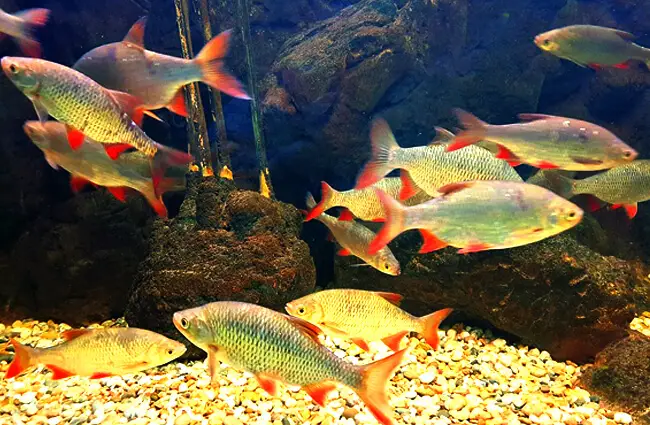
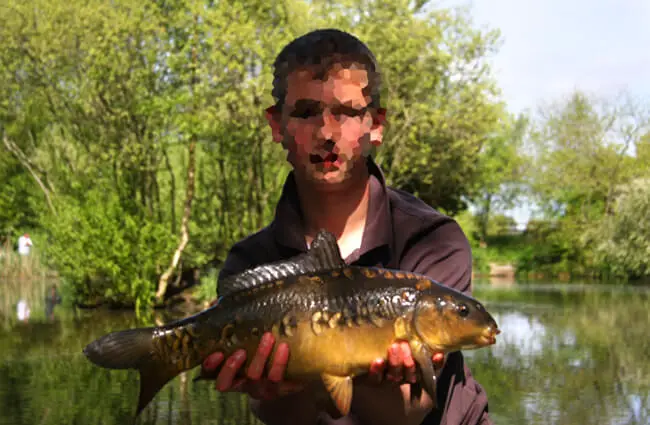

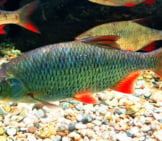
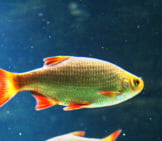

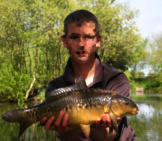
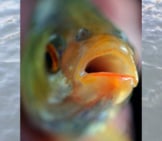
![Red Angus Closeup of a beautiful Red Angus cowPhoto by: U.S. Department of Agriculture [pubic domain]https://creativecommons.org/licenses/by/2.0/](https://animals.net/wp-content/uploads/2020/03/Red-Angus-4-238x178.jpg)












![Red Angus Closeup of a beautiful Red Angus cowPhoto by: U.S. Department of Agriculture [pubic domain]https://creativecommons.org/licenses/by/2.0/](https://animals.net/wp-content/uploads/2020/03/Red-Angus-4-100x75.jpg)

